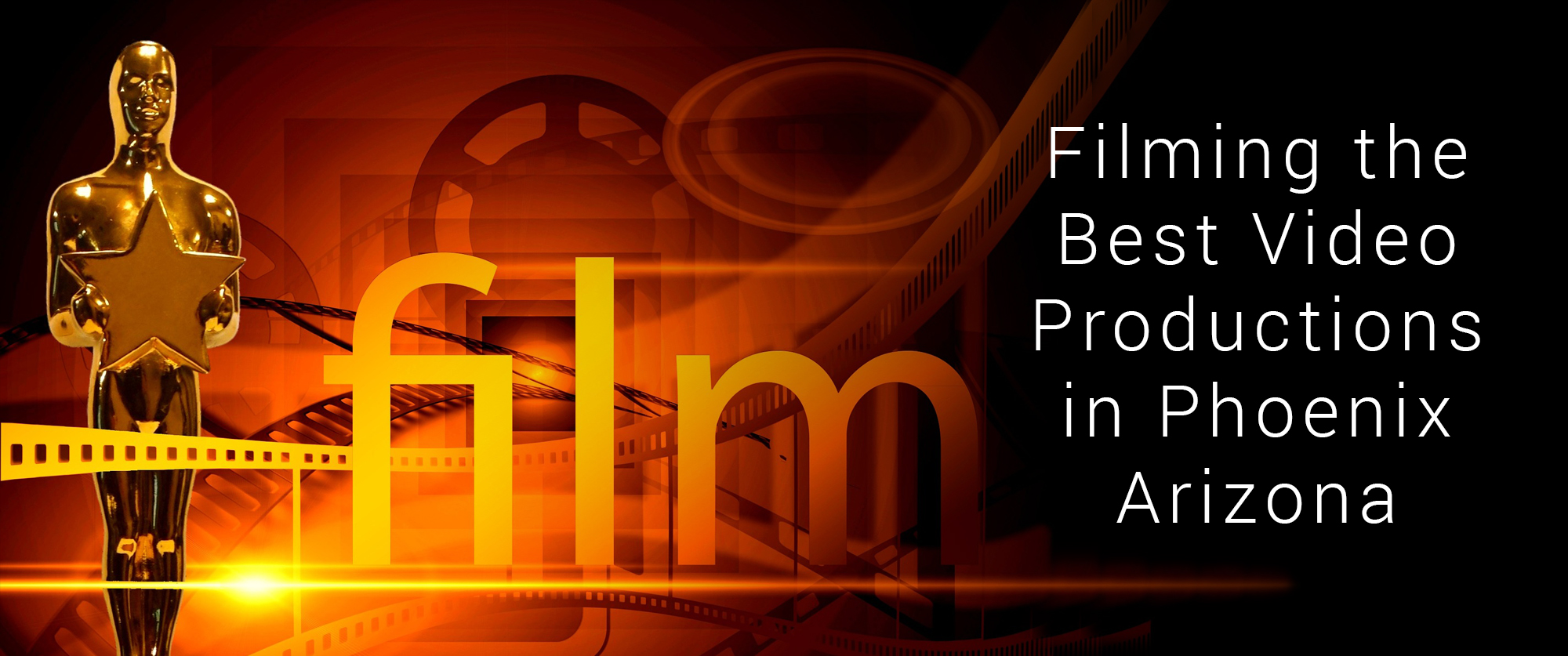Anyone can make a great video, right? Dads film that birthday party in the back yard and say, “wow, I took some great video! I’m a videographer.” Uncle Joe films the father daughter dance at his niece’s wedding and captures his brother crying tears of pride. He looks at the video later and says, “I captured a moving moment, I’m a videographer.”
On October 21, 1967, Bernie Boston, a photojournalist, was in the right place at the right time. He also had the intelligence and artistic talent to realize an iconic event was taking place before him. He photographed a protestor putting a carnation in the barrel of an M-14 rifle. The photograph spoke to people on many levels and presented a powerful message. He received a Pulitzer nomination for the photo.
The difference between photojournalism and videography is that videography creates the photo op. The difference between a person taking a great video with their phone and doing it for a living is being able to create all the elements of a great video for a client.
Think about what goes into creating a great video. A writer with a high degree of intelligence and creativity has to think of the concept. “Hey, let’s have police with M-14 rifles controlling a protest and one of the protestors puts a flower in the barrel of the gun!” A storyboard is created. Wardrobe comes up with uniforms for the police and the protestors. A thousand variables are considered. Do the police have short hair and the protestors have long hair? What color palette will we use? Will the location be on a street or on grass in a park? How many police will be in the scene? The variables are considered, and choices made. The storyboard is developed with decisions about camera movement, depth of field, camera angles, lighting equipment needed, shooting color or black and white, etc.
Locations are scouted and one is chosen. The shoot is scheduled, and permits are obtained. Actors are auditioned and chosen. Uniforms are created for specific actors. Props are gathered. Crew is hired for the day and crew times announced. The actors arrive. Makeup and wardrobe transform these people into police and protestors. The florist delivers white carnations and the Director wanted pink carnations. PAs scramble to find pink carnations.
Establishing shots are filmed with protestors chanting and police yelling. The camera slowly pushes in and descends to eye-level. Reaction shots are filmed with a protestor and a policeman. They look at each other. Without taking her eyes off the policeman, the protestor puts a pink carnation in the barrel of an M-14. Audio drops to isolate the policeman and the protestor. Will he shoot her? She is daring him. The camera cuts to a wider shot. The audio of the crowd increases putting the two back into the scene. The moment is over.
The difference between being in the right place and creating the right place are enormous. I am not taking anything away from Mr. Boston and his artistic talent as a photographer. He recognized an iconic moment dripping with meaning and used his extensive photographic skills to capture the moment. His profession is different than script-based videography and filmmaking. Great videos require understanding the difference.
So many people think they can stand the CEO in a conference room and capture a great interview without planning. They think they will figure out how to edit the video into a great work of art that communicates the company message flawlessly. It is not like being present when lightning strikes and capturing the moment. It is making the lightning strike and capturing it.
Back to Home Page

